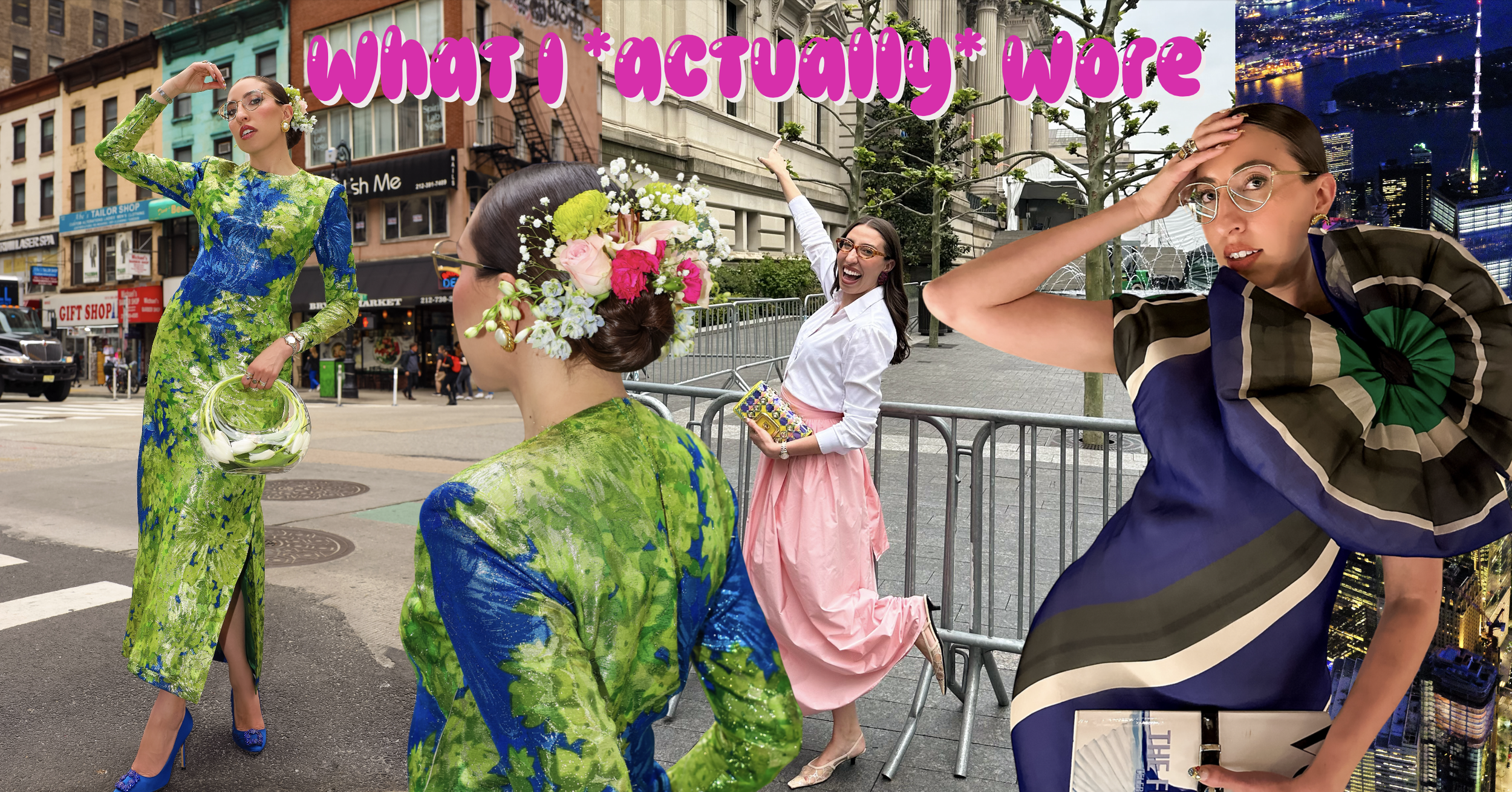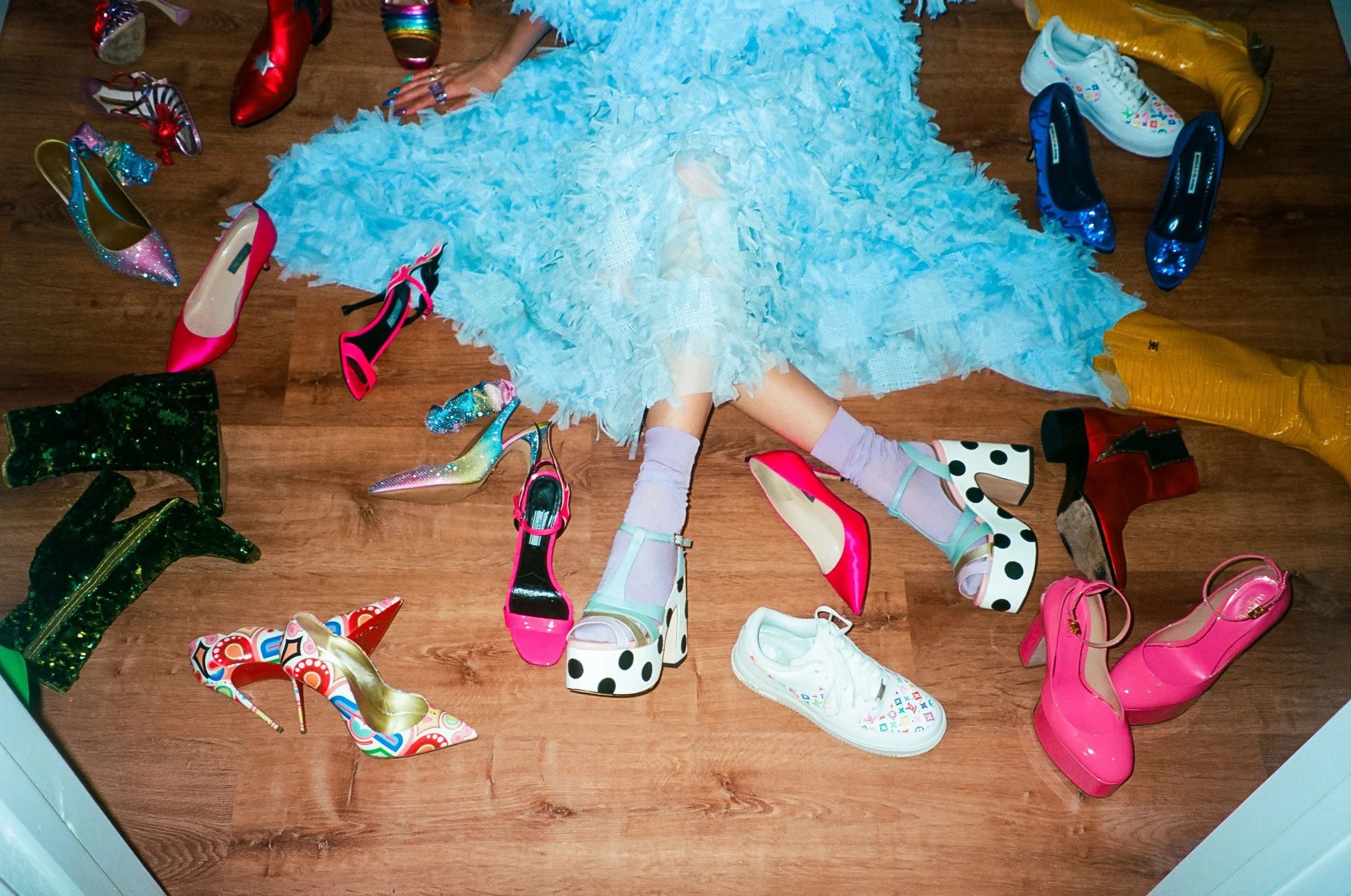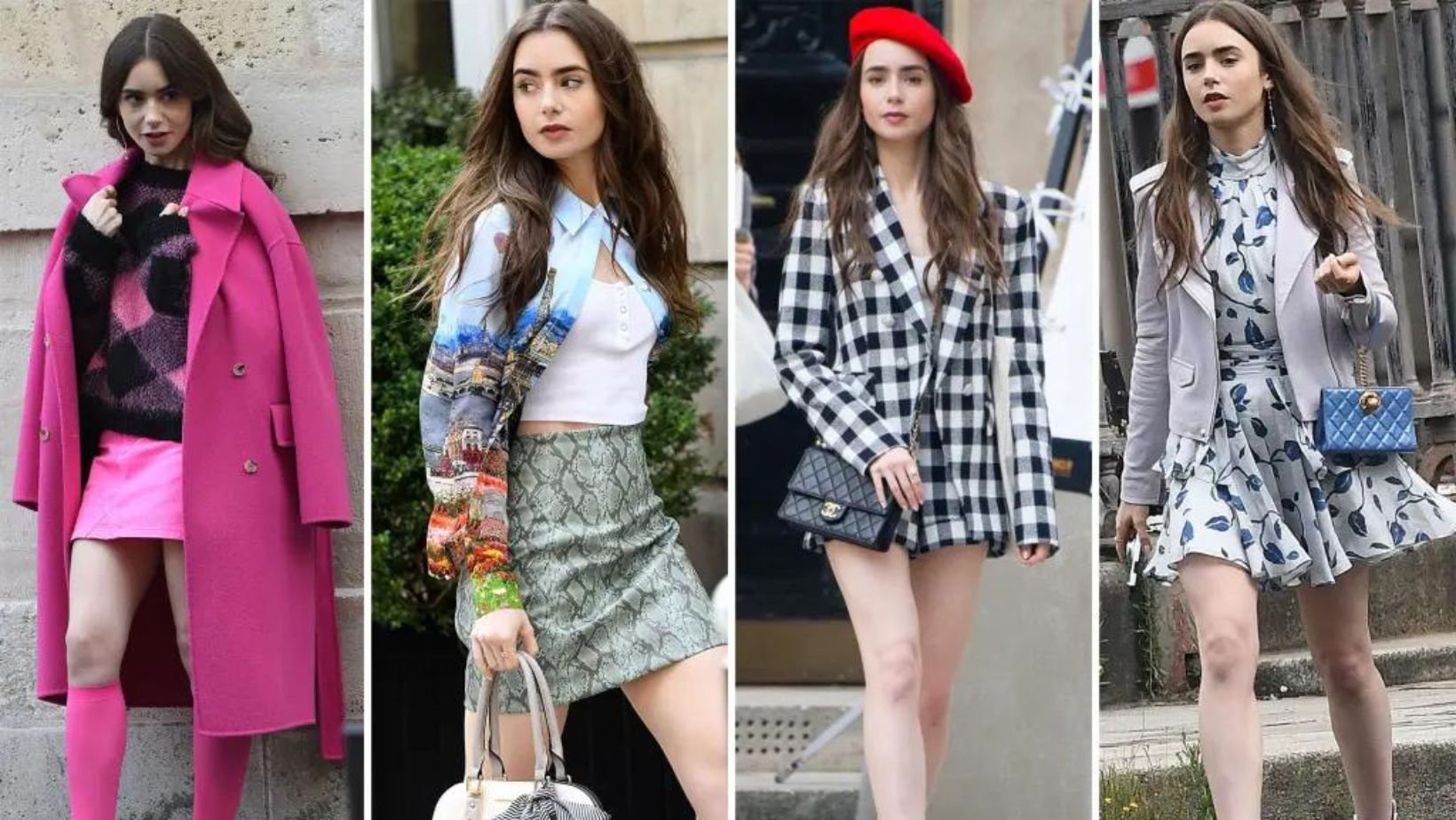Saving Your Coin? Beware How Dupes Hurt the Business of Designer Brands
Photo Credit: Adam Katz
By: Lizzie Schneider
We all want to fit in. Especially in this new self-promoting social era where lives are viewed online and reputations are everything. At many universities, in fashion capitals specifically such as Los Angeles, Seattle, and New York, the overwhelming majority of students and well-known citizens have a large sum of money and spend it on designer bags, shoes, jewelry, you name it. So, where does that leave their peers who don’t have those funds? Constantly searching for the best dupes and fake designer merchandise just to “fit in” and pretend that they have the means to run with that crowd. But, these designer dupes are not just harmless purchases off of bootleg websites or boutiques, and, in fact, have a much more perilous impact on the fashion industry than one may think.
For example at the University of Southern California in Los Angeles, 63% of enrolled students are a part of the top 20% wealthiest nationwide. At New York University 62% are part of the top 20% and at the University of Washington in Seattle, 51% of students come from the top 20% (“Wealth Statistics”, 2019). The minority of students then do not come from that background of wealth and comfortableness which leaves many aspiring to measure up to the standards that are predominantly displayed at their institutions. As they do not have the leisure to spend on $500 shoes or $5,000 bracelets, fakes are the easiest and cheapest way to falsely attain status and feel good about their social standing and how they come across on social media. While that may be cheap, it does come at a cost for the real brands they are knocking off.
Before launching into the explanations, it must be noted that dupes and fakes are two entirely different entities. A dupe is a lookalike product of a designer product but does not have any of the designer’s logos or similar hardware. A fake on the other hand, is a direct copy of a designer item and can be on a spectrum from clearly fake to difficult to differentiate from the muse. Dupes are purchased by those who want the luxe look for less but don’t need the exact item for cheap. To illustrate the difference, let’s look at a pair of immensely popular Dior kitten heels debuted at the fashion house’s SS 2017 runway show. The slingbacks feature sleek patent leather with the classic phrase “J’adior” printed in black on cream elastic around the ankle which forms a small bow on the side of the foot. Loved by celebrities and the wealthy alike, they are incredibly sought after style staples. The shoes cost $890 according to the Dior website which is NOT cheap for most, so a dupe is the closest one may get. Topshop released a pair for $80, a much more affordable price that looks identical which comes in black, white and red. The only difference? The elastic bow is plain black and features no writing. A replica however, like one from Designer Discreet can cost around $250 baseline, which is pricey especially for a bootleg product, however, it does mimic the true designer’s product.
Many designer replicas cost a fraction of the price they truly are but contribute directly to criminal activity. According to the BBC, about 3 million consumers purchase counterfeit goods off of the internet each year (BBC, 2018). Additionally, the risks associated with fake fashion contribute to true manufacturers losing substantial amounts of potential profits, job losses at true luxury companies that cannot compensate workers the way booming designer fraud companies can, and the inevitability that many bootleg designer gear is used to fund organized criminal activity and sweatshop labor.
One example of this was seen in 2016 when the Charlie Hebdo attacks in Paris, France occurred. As quoted in Esquire Magazine, the director of U.S Homeland Security’s National Intellectual Property Coordination Center Bruce Foucart remarked that there was a direct link between the sale of counterfeit goods on the streets in Paris to the funds that purchased the weapons necessary for attacking the newspaper (Esquire, 2017). Typically, the most prevalent knocked off goods come from brands like Louis Vuitton, Gucci, Rolex, Cartier and Hermes, but those are just the tip of the iceberg. We’re not saying that when you buy a fake for the clout or to fit in or whatever the reason may be, that you are funding terrorism, but it is a genuine (and frightening) possibility to consider.
Some luxury companies have capitalized on the fake fashion knockoff market, however, by making their own parodies and selling on street stands and even incorporating them into their own runway shows. During New York Fashion Week in 2018, Diesel sold shirts bearing the design “Deisel” on a street stand in a well known counterfeit shopping street in the city, and Gucci’s runway show featured shirts with “Guccy” instead of the classic “Gucci”, so as to riff on fake fashion and prevent even more ripoffs ( Leach, 2018). In 2020, the demand for authentic designer has eclipsed the want for fakes, and the dupe market is much more prevalent.
An important note is that not all companies that create replicas have malicious intent, however, the end result is still damaging to the authentic brands, and can buyers may get confused. A prime situation in which buyer confusion can come in to play is on resale apps such as Depop or Poshmark. Most listings of used goods have been posted by people looking to score some quick cash and if a dupe or fake is not known to be authentic or is passed off as authentic, prices can still be extremely high despite their faux nature. Most designer products have authenticity cards and tracking numbers but those cards are easily duplicated so the buyer may have to do detective work on their own to determine true authenticity. Some may not care if their “designer” item is real or fake yet one must also consider their impact on the industry, no matter how big or small.
Our solution? Opt for vintage! There’s plenty of well-curated vintage shops in the city and even suburbs where you can ethically score genuine designer items. Not only is the quality top-notch, but you’ll also be sporting a designer look that your peers won’t have — individuality is always in style!















